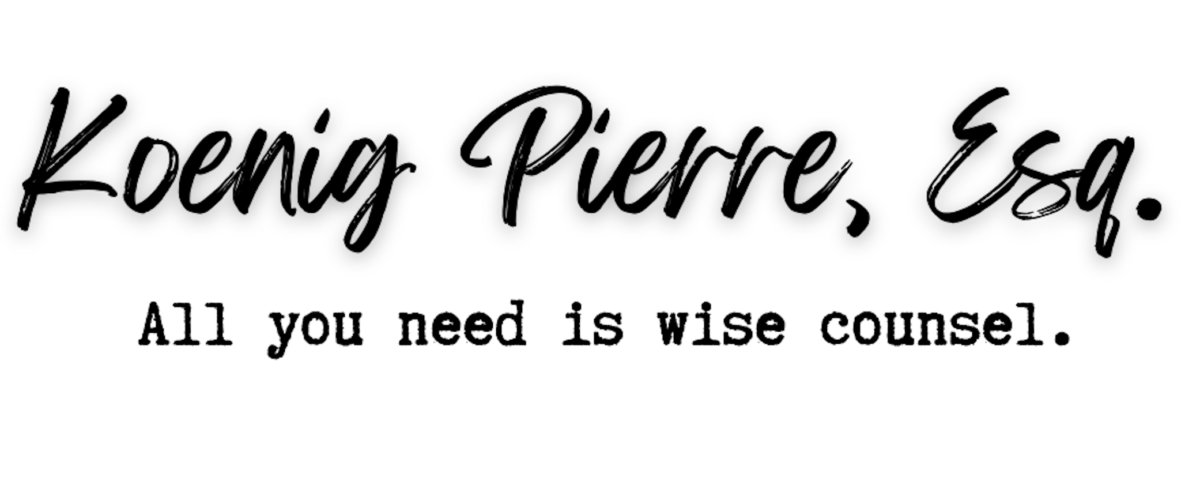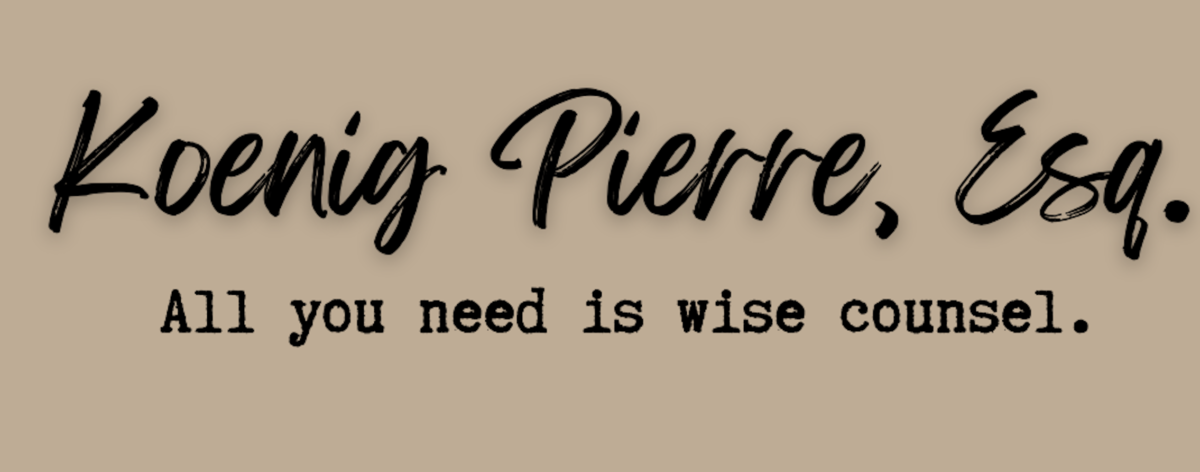Understanding New York No-Fault Insurance
New York is one of 12 states that have a no-fault car insurance system. A no-fault insurance system means that your own car insurance will provide you coverage for medical bills and other expenses after a car accident.
The purpose of New York’s no-fault insurance is to ensure every car accident victim receives compensation for accident-related medical bills, lost wages, and other incidental expenses regardless of who is at fault for the accident.
The state of New York requires every motorist to carry liability coverage with the following minimum coverage amounts:
- $25,000/$50,000 for bodily injury per person
- $50,000/$100,000 for death
- $10,000 for property damage per accident.
No Fault, also called Personal Injury Protection (PIP), is designed to pay promptly, regardless of who is at fault or whether there was negligence, for economic losses, up to $50,000 per person, “basic No-Fault coverage“, to the driver and all passengers injured in your car as well as any pedestrian injured by your car, because of its use or operation in New York State.
The purpose of No-Fault insurance is to restore individuals hurt in auto accidents to health and productivity as quickly as possible. Because of New York’s No-fault law, lawsuits due to auto accidents can be brought only for economic losses that exceed No-Fault benefits and for non-economic damages, such as pain and suffering, but only if a “serious injury” is sustained.
If you have been injured in a car accident, schedule a free consultation with Koenig Pierre, a New York car accident lawyer, will advise you of the process of obtaining no-fault coverage and he will handle the filing of a lawsuit for economic and non-economic damages for any “serious injuries” you have suffered as a result of the car crash.
How Do I Receive No-Fault Insurance Coverage?
In order to qualify for No-Fault insurance benefits, you must be the driver of a motor vehicle, a passenger, a pedestrian, or a bicyclist. Motorcyclists are not eligible to receive coverage under no-fault insurance. In order to file a no-fault insurance claim, a qualified person must complete and submit a no-fault application (NF-2) within 30 days of the motor vehicle accident to their insurance carrier. Your insurance company will mail you a no-fault application once they are made aware of your accident. If you were a pedestrian, you can obtain the insurance information of the vehicle which struck you from the police report. You should consider mailing the NF-2 to the proper insurance carrier via certified mail to avoid any dispute that the NF-2 was not submitted to the carrier within 30 calendar days. If you are a pedestrian and the vehicle that struck you is uninsured, you may file a no-fault insurance claim through the car insurance of a relative within your household. However, if you is no household insurance, you may be eligible to file a claim with the Motor Vehicle Accident Indemnification Company, MVAIC.
Under most insurance policies, a person will not be eligible for no-fault benefits after a car acciodent if any of the following facts exist:
- The applicant for no-fault benefits was driving while under the influence of alcohol
- The accident was the result of a staged event involving the applicant for benefits
- The accident occured while commiting a felony
- The applicant for no-fault benefits is the owner of an uninsured motor vehicle.
What Does New York No-Fault Insurance cover?
In New York, no-fault insurance benefits (Personal Injury Protection a/k/a PIP) will cover the following “reasonable and necessary” accident-related medical bills,
- 80% of lost wages, a maximum of $2,000 per month, for up to 3 years from the date of the accident.
- $25 a day (for a year) for “reasonable and necessary expenses resulting from the accident (like household help and transportation cost to medical appointments), and
- $2,000 in death benefits to the estate of anyone killed in a car accident
New York’s no-fault insurance (PIP) covers injuries caused by car accidents but not property damage claims. Additionally, no-fault insurance does not cover non-economic losses, such as pain and suffering. Non-economic damages such as pain and suffering may be reimbursed if your injuries satisfy certain thresholds as provided by New York State law. Your injuries must meet New York’s serious injury threshold.
What is New York’s Serious Injury Threshold?
In order to venture outside of the state’s no-fault regime and pursue a claim against the at-fault driver, the injuries you suffered from the car accident must qualify as a “serious injury” under New York’s “serious injury” threshold. According to Article 51 of New York State’s Insurance Law, Insurance Law §5102(d), the following conditions meet the threshold requirement:
- Death
- Dismemberment
- Significant disfigurement
- Fracture
- Loss of a fetus
- Permanent loss of use of a body organ, member, function, or system
- Permanent consequential limitation of a body organ or member.
- Medically determined injury or impairment of a non-permanent nature that prevents the injured person from performing substantially all of the material acts which constitute such person’s usual and customary daily activities for not less 90 days during the 180 days immediately following the date of accident.
Manhattan
East Village, Lower East Side, Tribeca, Chelsea, Harlem, East Harlem, Upper East Side, Upper West Side, Midtown East, Greenwich Village, Morningside Heights, Inwood, Soho, Noho, Gramercy Park, Hell’s Kitchen, Yorkville, Chinatown, Lenox Hill, Murray Hill, Washington Heights, Carnegie Hill, Stuyvesant Town, Alphabet City, West Village, Financial District
Brooklyn
Flatbush, Midwood, Ditmas Park, Bushwick, Bedford Stuyvesant, East Flatbush, Red Hook, Coney Island, Brighton Beach, Brooklyn Heights, Dumbo, Canarsie, Sheepshead Bay, Fort Greene, East New York, Brownsville, Williamsburg, Sunset Park, Park Slope, Crown Heights, Fort Hamilton, Bay Ridge, Dyker Heights, Vinegar Hill, Cobble Hill, Clinton Hill, Kensington, Boerum Hill, Flatlands, Marine Park
Queens
Rego Park, Corona, Forest Hills, Elmhurst, Flushing, Kew Gardens, Jamaica, Hollis, Howard Beach, Astoria, Long Island City, Jackson Heights, Ridgewood, Maspeth, Ozone Park, College Point, Bayside, Fresh Meadows, Richmond Hill, Woodhaven, Laurelton, St. Albans, Richmond Hill, Whitestone, Ditmars Steinway, Flushing, Sunnyside, Queens Village, Woodside, South Ozone Park, Cambria Heights, Springfield Gardens, Far Rockaway
The Bronx
Fordham, Bedford Park, Melrose, Throgs Neck, Castle Hill, Co-op City, Pelham Pkwy, Wakefield, Eastchester, Hunts Point, City Island, Morris Park, Belmont, Mott Haven, High Bridge, Parkchester, Soundview, Riverdale, Woodlawn Heights, Kingsbridge, East Bronx, South Bronx, West Bronx, Baychester, University Heights, Van Nest, Tremont, Concourse, Pelham Bay, Crotona Park East, Mt Eden, Foxhurst, Claremont
Staten Island
Todt Hill, West Brighton, Great Kills, New Springville, Westerleigh, St. George, Tompkinsville, Eltingville, Tottenville, Shore Acres, Arden Heights, Port Richmond, Elm Park, New Brighton, Woodrow, Richmond, Old Town, Arlington, Manor Heights, Heartland Village, Prince’s Bay, Fort Wadsworth, Rossville
Long Island
Hempstead, Valley Stream, Floral Park, East Rockaway, Garden City, Island Park, Lynbrook, Malverne, Rockville Centre, Stewart Manor, Great Neck, Baldwin, New Hyde Park, Roslyn, Farmingdale, Bay Shore, Central Islip, East Farmingdale, Huntington Station, Copiague, Deer Park, Wyandanch, North Bellport, Brentwood, South Valley Stream, Westbury, Freeport, Inwood, Uniondale, Elmont, Glen Cove, Bellerose Terrace, Hicksville, Oyster Bay

The information on this website is solely for general information purposes. The content on this website should NOT be taken as legal advice for any individual case or situation. This information is not intended to create an attorney-client relationship.
Practice Areas
Construction Accident Lawyer
Elder Abuse Lawyer

